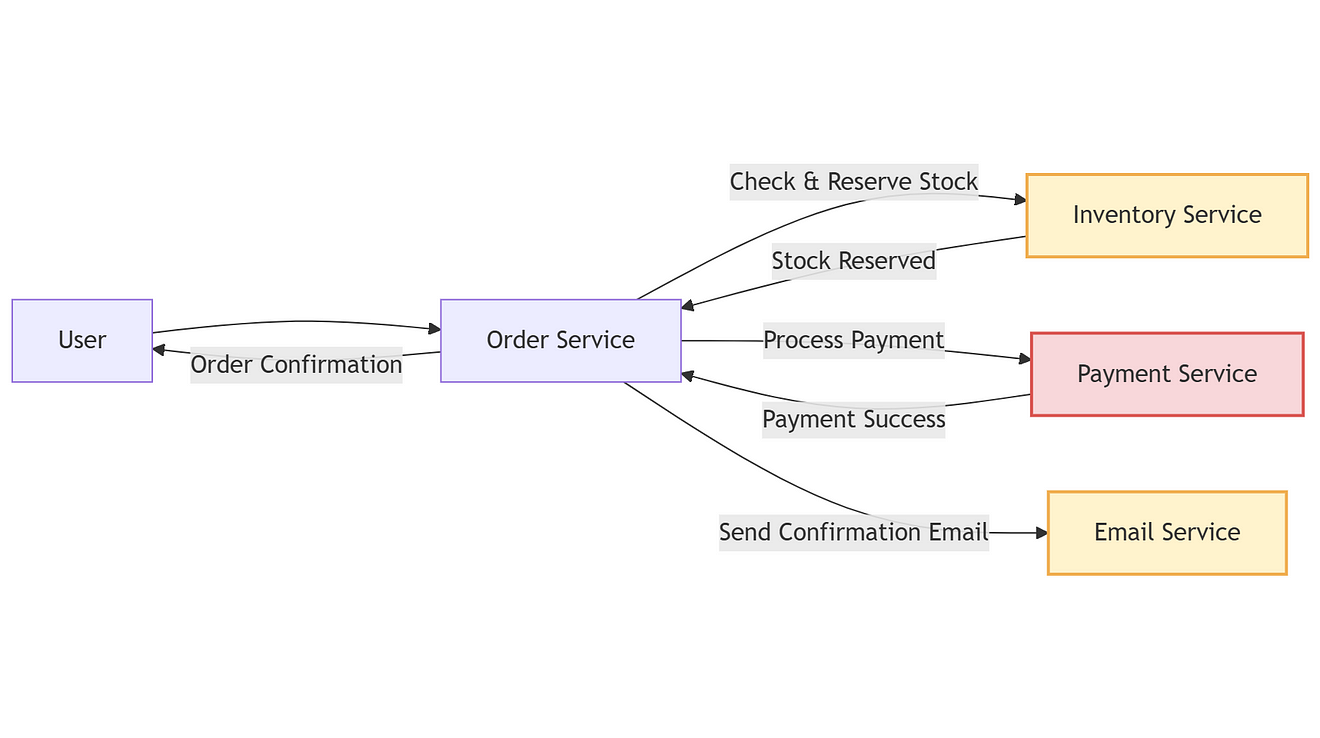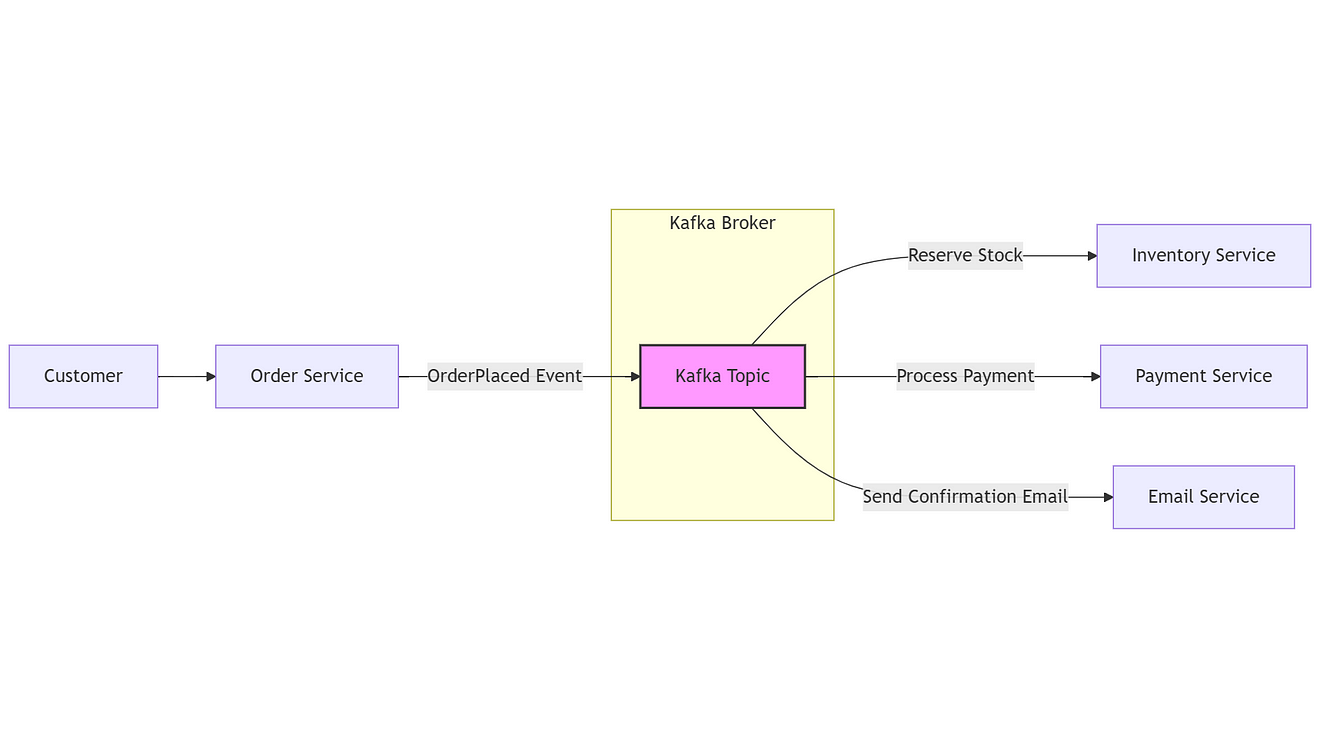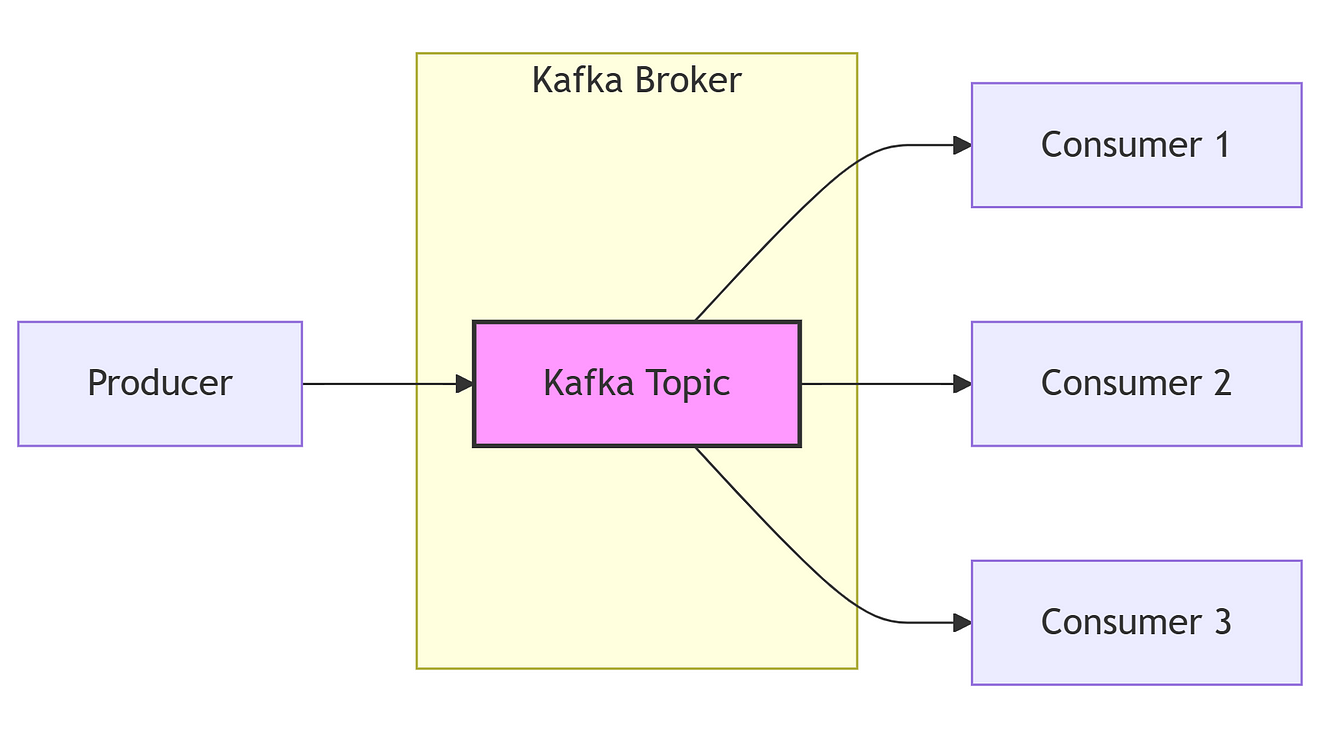🎓 Top 15 Udemy Courses (80-90% Discount): My Udemy Courses - Ramesh Fadatare — All my Udemy courses are real-time and project oriented courses.
▶️ Subscribe to My YouTube Channel (178K+ subscribers): Java Guides on YouTube
▶️ For AI, ChatGPT, Web, Tech, and Generative AI, subscribe to another channel: Ramesh Fadatare on YouTube
Hey everyone — welcome back.
Today we’re talking about Apache Kafka. You’ve probably heard the name in conversations about real-time data, distributed systems, or event-driven architecture.
But what exactly is Kafka? And why are so many companies using it — from LinkedIn to Netflix to Uber?
In this article, we’re going to break it down in simple terms, walk through a real-world use case, and show you where Kafka fits in your architecture — and why it matters.
Let’s jump right in.
The Problem Kafka Solves

Let’s imagine you’re building an e-commerce system. You’ve got a bunch of services: there’s one for orders, one for payments, one for inventory, and another for sending emails.
Now picture what happens when a user places an order.
The Order Service needs to notify the Inventory Service to reduce the stock. It also needs to tell the Payment Service to charge the customer. And after that, maybe the Email Service sends a receipt.
One option is to make a bunch of direct API calls between services. But now your Order Service is tightly coupled to everything. If one service is down, the whole chain breaks. If two services are slow, your user waits.
This kind of architecture doesn’t scale well. It’s fragile, it’s hard to debug, and it doesn’t handle high traffic or spikes in demand gracefully.
So how do you decouple everything and still make sure data flows smoothly across all services — in real time?
That’s where Kafka comes in.
What Kafka Actually Is
Apache Kafka is a distributed event streaming platform. That’s a fancy way of saying it’s a system that lets you send messages between services — but in a highly scalable, fault-tolerant, and real-time way.
Think of it as a giant messaging backbone. Services don’t call each other directly anymore. Instead, they send messages — we call them events — to Kafka.
Kafka then stores those events, and other services can come in and subscribe to them whenever they want.
It’s like a global whiteboard where everyone writes updates, and anyone can read them as they happen — or even replay them later.
A Real E-commerce Example
Let’s go back to our e-commerce example.
When a customer places an order, the Order Service sends an event to Kafka — something like “OrderPlaced.”

That event gets stored in Kafka in a place called a topic — basically a category or channel for that kind of event.
Now the Inventory Service is subscribed to that topic. When it sees a new “OrderPlaced” event, it updates the stock in its database.
The Payment Service also listens to the same topic. When it sees the order event, it charges the user’s card.
The Email Service? It’s also listening. It sends a receipt or order confirmation as soon as it sees the event.
Here’s the magic — none of these services are calling each other directly. They’re all just reading events from Kafka.
That makes the system loosely coupled, more resilient, and a lot easier to scale.
How Kafka Works Under the Hood
Now, if you’re wondering how Kafka actually works, here’s a quick breakdown.

Kafka has producers, consumers, and brokers.
A producer is anything that sends data to Kafka — like your Order Service publishing an “OrderPlaced” event.
A consumer is something that reads data from Kafka — like your Inventory Service, Payment Service, or Email Service.
The actual Kafka system runs on a set of servers called brokers. These brokers store events in something called topics, and they handle distributing and replicating data across the cluster.
Kafka is built for scale. It can handle thousands of messages per second, store data durably for days or weeks, and deliver it to consumers exactly once or at least once — depending on your config.
Why Developers Love Kafka
The reason Kafka is so popular is because it gives you event-driven architecture that’s fast, reliable, and built to scale.
Instead of building complex chains of API calls, you just push events to Kafka. Your services become producers and consumers, and you can evolve your system piece by piece.
Want to add a new analytics service that watches order events and builds dashboards? No problem. Just subscribe to the topic. No need to change the existing flow.
Do you need to handle spikes during a big sale? Kafka handles backpressure, buffers events, and keeps everything moving—even if some consumers are slow or temporarily down.
And if you ever need to reprocess events — maybe rebuild a new read model or debug something from the past — Kafka lets you replay old events from storage.
That kind of flexibility is priceless in modern backend systems.
Where Kafka Is Used in the Real World
Kafka isn’t just for startups. It’s used everywhere.
Netflix uses Kafka to track everything from user activity to system health.
LinkedIn actually built Kafka originally to power its activity feed and internal logging systems.
Uber uses Kafka to coordinate real-time dispatch, driver location tracking, and billing workflows.
In all these cases, Kafka acts as a central pipeline — delivering millions of events per day to dozens of systems — without breaking down or slowing down.
It becomes the backbone of data flow in your company. Once it’s in place, you can plug in more services without rebuilding everything.
Wrap Up
So to recap —
Apache Kafka is a powerful system that helps your services talk to each other using events — not direct calls.
It decouples your architecture, helps you scale, and gives you real-time data flow that’s reliable, fast, and flexible.
In our e-commerce example, Kafka made sure that an order triggered inventory updates, payments, and emails — all without tying those services directly together.
It’s not just a message queue — it’s the backbone for event-driven systems.
If this helped you finally understand what Kafka does and why it matters, give the article a like and follow — because up next, we’ll dive into how Kafka topics, partitions, and consumer groups actually work under the hood.
Until then, keep learning — and keep building.




![[NEW] Full-Stack Java Development with Spring Boot 4 & React Build 5 Spring Boot Projects with Java: Line-by-Line Coding](https://img-c.udemycdn.com/course/750x422/5338984_4d3a_5.jpg)










Comments
Post a Comment
Leave Comment